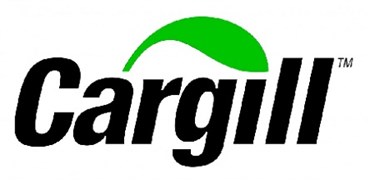Cargill's Risk-Assessment Tool Is Shaping Its Shrimp Farms' Biosecurity
By Karla Paris

The company’s new tool is the next step in an effort to mitigate the effects of the bacteria vibrio
On July 30, Cargill’s animal nutrition business announced it is helping customers combat Early Mortality Syndrome (EMS) on shrimp farms through the launch of its new EMS Risk Tool. EMS, also known as Acute Hepatopancreatic Necrosis Disease (AHPND), is caused by strains of the bacteria vibrio which has led to devastating production losses in China, Vietnam, Malaysia, Thailand, and Mexico.
The EMS Risk Tool assesses the risk of EMS based on the best-available knowledge of the factors associated with the disease. It encompasses feedback and data from all of the EMS-affected countries and workshops the company hosted. With this tool, Cargill is able to provide tailored recommendations to help reduce the severity of the disease to promote shrimp survival.
The Case For Risk Assessment In Streamlining Your Quality And Compliance Processes
Cargill’s animal nutrition business has hosted multiple workshops to enable discussions on some of the key challenges of addressing EMS. These include: quality larvae (healthy young animals), best practices at shrimp farms, along with environmental, nutritional, and aquatic health in order to help producers deal with EMS causing mass mortalities at cultivated shrimp farms worldwide. These workshops brought together a wide range of academic researchers, government representatives, and industry experts to share experiences and explore strategies to deal with the disease. Beyond implementing strong biosecurity practices, Cargill Animal Nutrition studies have shown that using high quality hatchery and farm feeds are better at delivering nutrients to young fish and shrimp.
The University Of Arizona’s (UA) School of Animal and Comparative Biomedical Sciences notes that EMS often kills the young shrimp shortly after they are added to farming ponds with a mortality rate of about 80 to 90 percent immediately following stocking. This could potentially wipe out an entire population of shrimp, according to UA’s notes.
Using Risk Assessment To Streamline Your Quality System
EMS outbreaks — mortality rates have reached as high as 100 percent — are causing devastating production losses. The Food and Agriculture Organization reports that in 2011, Chinese shrimp farms in Hainan, Guangdong, Fujian, and Guangxi suffered almost 80 percent losses. In Thailand, shrimp production for 2013 was down 30 percent from 2012 due to EMS. With the spread of the disease to Mexico in 2013, the crustacean’s mortality rates reached nearly 60 percent within the country's 625 aquaculture farms, a near 40 percent drop in survivability compared to 2011.
